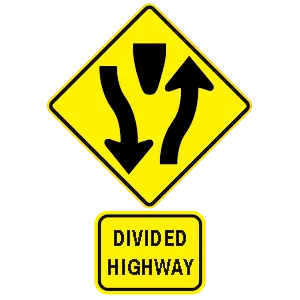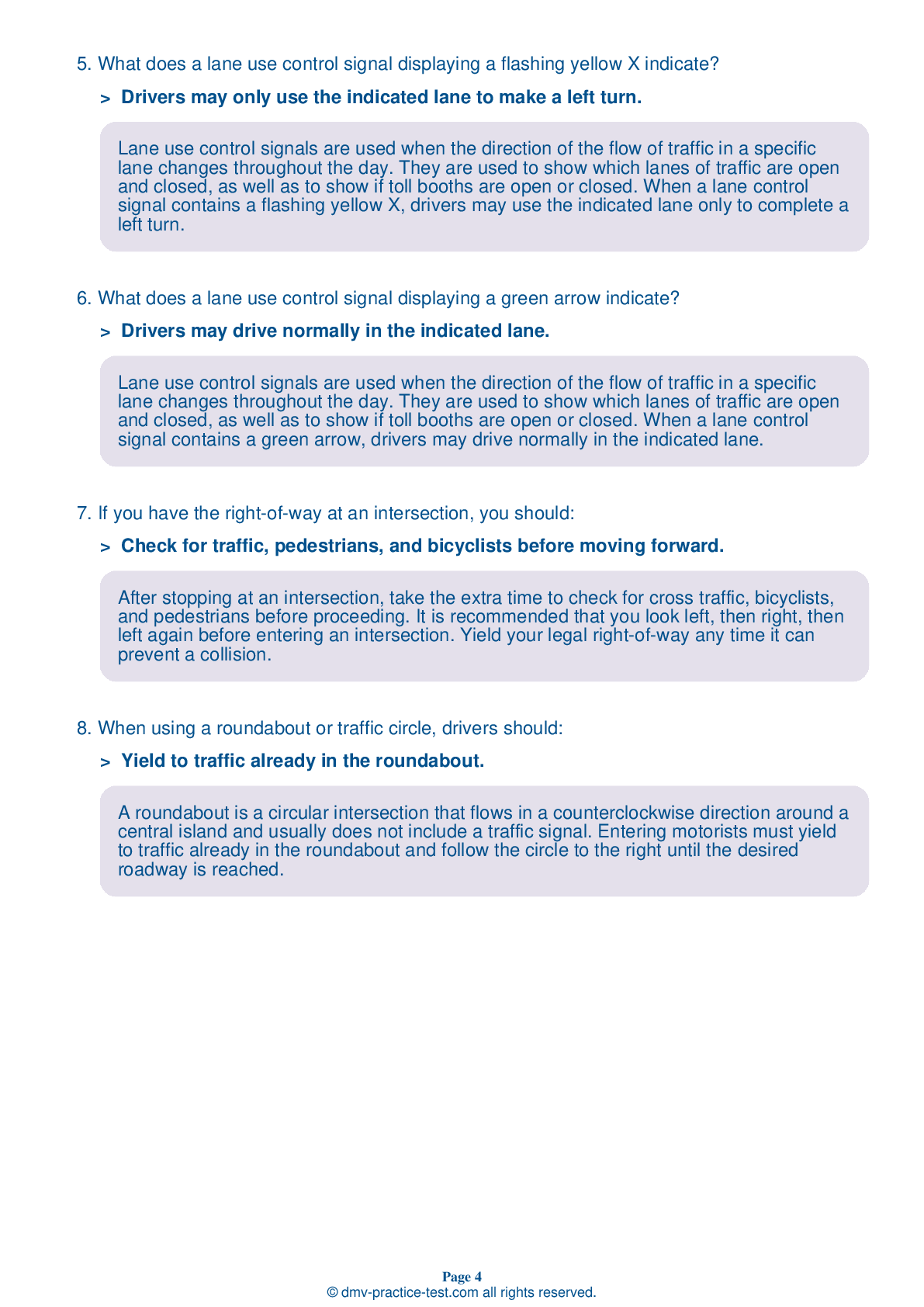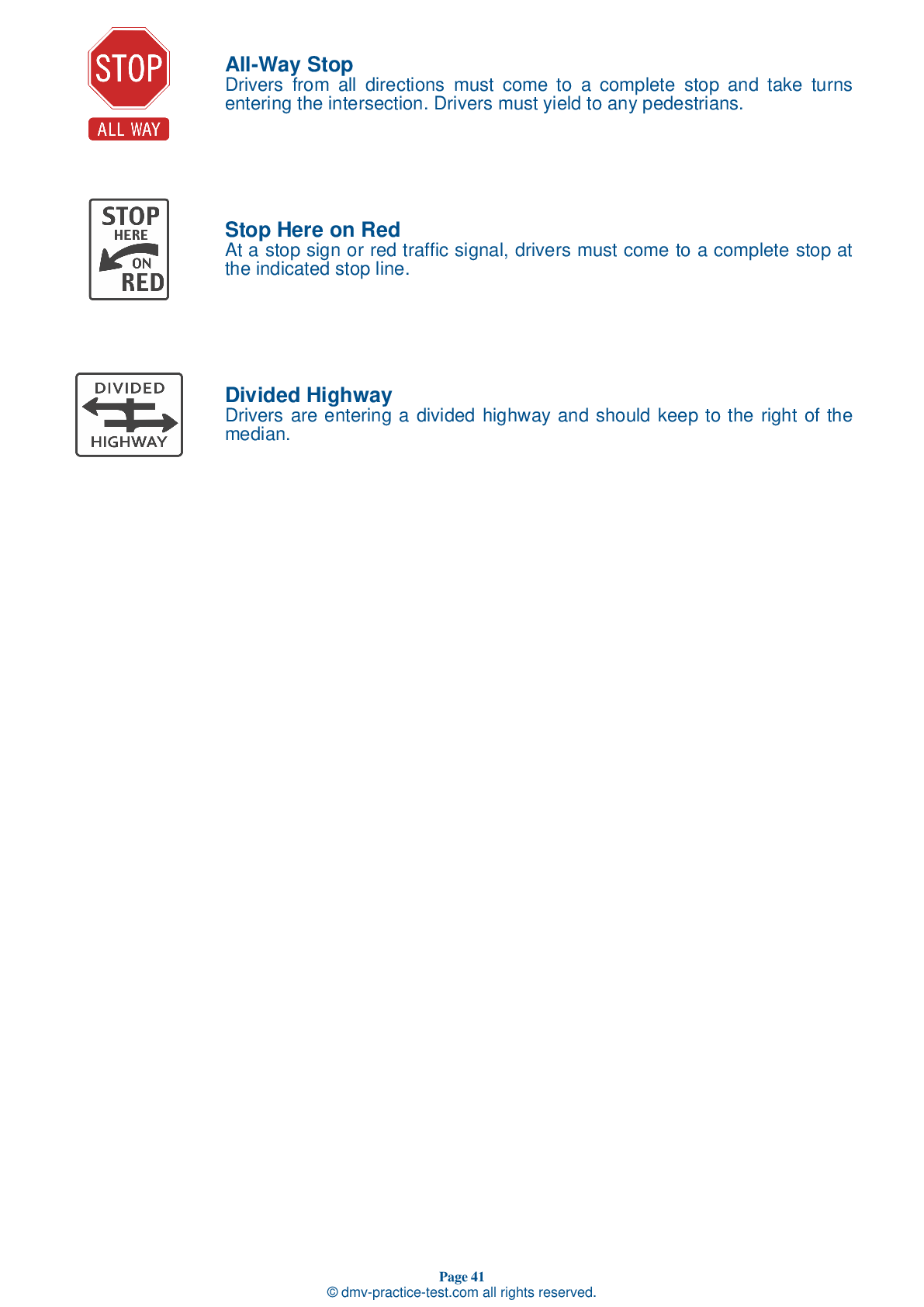FREE Maine DMV Practice Test #19 Page 6 of 7
For January 2026, Maine's DMV practise exams have been updated. It includes questions based on the most important traffic signals and legislation for 2026 from the Maine Driver Handbook. To study for the DMV driving permit test and driver's licence exam, use actual questions that are very similar (often identical!) to the DMV driving permit test and driver's licence exam.
Each question on the practise exam has a tip and explanation to help you recall the ideas. Questions about traffic rules, traffic signs, and driving statutes, as well as knowledge from the Driver Handbook, will be included in the written portion of the official Maine DMV test.
You must properly answer 50 of the 60 questions to receive a passing mark. To help you prepare for your Maine instruction permit or driver's licence, take our DMV practise test.
The DMV exam is offered in a variety of languages.
Using any form of testing help will result in an automatic fail, and the DMV may take further action against your driver's licence, so avoid it.
41 . If you are about to be hit from the rear, you should not:
If your vehicle is hit from the rear while you are in forward motion, your body will be thrown backward. Brace yourself by pressing against the back of your seat and putting your head against the head restraint to prevent whiplash. Maintain a firm grip on the steering wheel and be ready to apply your brakes to avoid being pushed into another vehicle.
42 . When making a turn, you must ____ your speed.
When turning, you should reduce to a speed that allows you to maintain control of your vehicle, stay in your lane, and react to unexpected situations.
43 . Airbags give you full protection during a crash.
Most vehicles are equipped with airbags that inflate upon frontal impact. Airbags provide extra protection when the front of a vehicle collides with another object. You must also use your safety belts to receive full protection.
44 . When passing another vehicle, a driver should wait until the entire car they've just passed is visible in the rearview mirror before changing back into the right-hand lane.
When passing, you should not return to your original lane until the entire vehicle you've just passed is visible in your rearview mirror.
45 . When a pedestrian guided by a dog or carrying a white cane is crossing the street:
Blind or partially blind pedestrians may carry a white cane or use the assistance of a guide dog. You must always yield the right-of-way to a pedestrian who is using a guide dog or carrying a white cane.
46 . Which lane must you be in before making a left turn from a one-way street?
When making any turn, turn from the lane closest to the direction you wish to travel into the first available legal lane. If you are making a left turn from a one-way street, this means that you would make the turn from the lane nearest to the left curb.
47 . Drivers may park in the handicap parking access aisles located directly beside handicap parking stalls.
It is prohibited for anyone to park in handicap parking access aisles. These aisles are meant to provide space for wheelchairs and wheelchair lifts.
48 . When following a driver whose view to the rear of their vehicle is blocked, increase your following distance to:
Increase your following distance to a minimum of three to four seconds when following a driver whose view to the rear of their vehicle is blocked. The drivers of trucks, buses, vans, or cars pulling campers or trailers can’t see you very well if you are too close to them. They may slow down suddenly without knowing you are there.
49 . This sign means:

Warning signs are usually diamond-shaped with black markings on a yellow background. They alert drivers to upcoming hazards. This warning sign indicates that drivers are about to encounter a divided highway.
50 . If your gas pedal becomes stuck or jammed, you should:
If your gas pedal becomes stuck or jammed, you should shift your car into neutral, apply the brakes, and safely pull off the road. Once you've come to a stop, turn off the engine. If you cannot free the pedal so that it does not get stuck again, call for assistance and do not try to drive the car.
See the exact questions that will be on the 2026 Maine DMV exam.
99.2% of people who use the cheat sheet pass the FIRST TIME
LT gives us an insight on how the cheat sheet provided her with all the study questions she needed before taking her test.
Joe initially studied with the handbook and failed his test, he eventually found us online, studied and pass his test the first time around.



